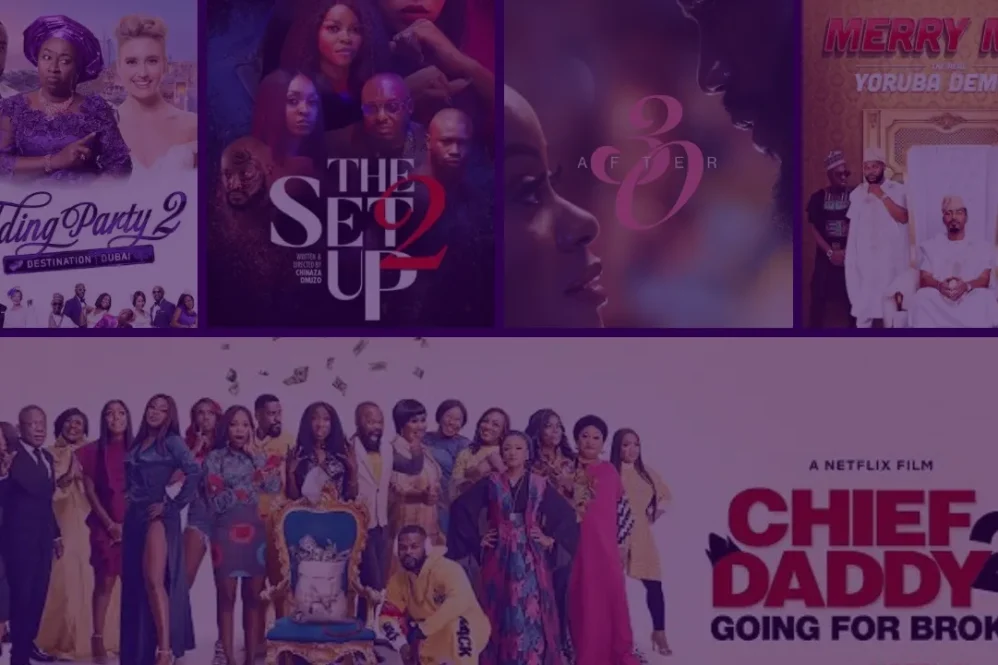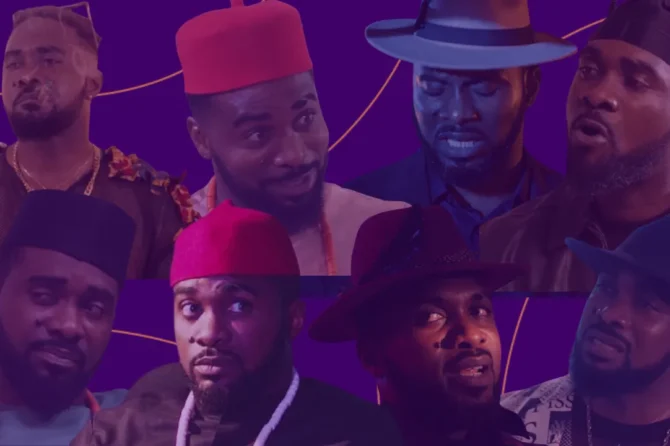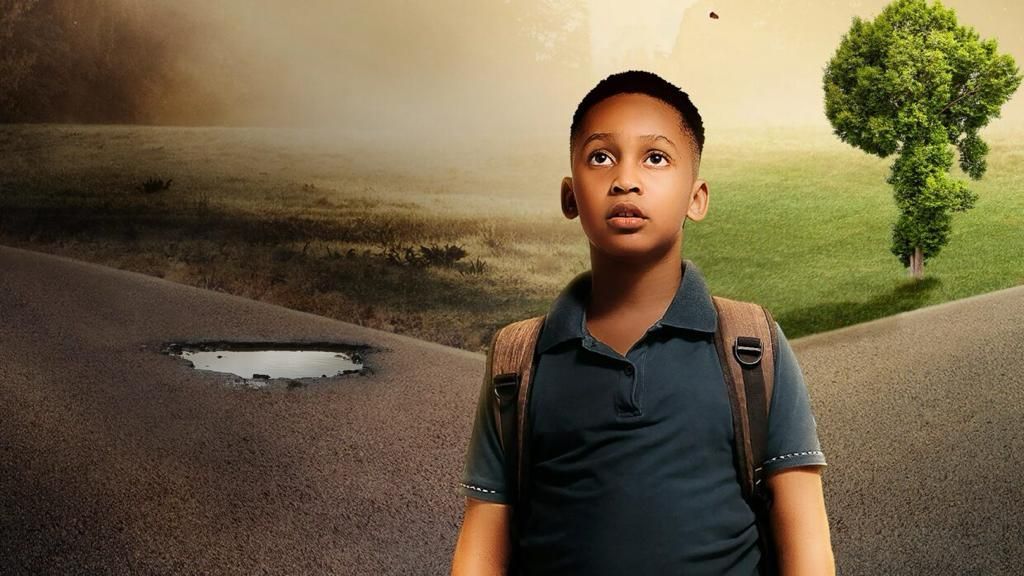It happens every time: a packed cinema, the usual quiet before the lights dim, the collective breath as the studio logo flickers on. A second scenario: at home, you gather your friends/family, turn off the lights, Netflix’s signature “Ta-dum” accompanies the N logo that spreads across the screen like rainbow threads. It could be another streamer. Everyone has shown up for this film because the first one worked. It made sense. On Twitter, fans (including yourself) have reshared clips and argued over their favourite characters and plot lines. In the group chat, you and your friends have speculated what will happen next, what twist will blow everyone away.
And then, the film starts.
And then, it’s just not the same.
You don’t feel the same either.
You know the story. The original had a particular spark. It lingered in your head long after the credits rolled. You remembered a few lines, rewatched the trailer more times than you can actually remember. In your head, the soundtrack played on an endless loop.
Now, this sequel feels louder but emptier, trying too hard to recapture what once felt effortless. By the time you leave the cinema or your sitting room, there’s disappointment in the air, one birthed from anger, and the conversation on Twitter has turned: “Why ruin a near-perfect film for more money?!” “The stupidest film I’ve ever seen in my life.” “Na the money I waste go cinema dey pain me gan.” You find that some have turned on the creators, too – a spite whose origin you can understand. With Nigerians, the drama is unrehearsed but unmatched.
It is worthy to note, however, that this is a universal repetition problem, not just a Nollywood one. Even the great Hollywood is known to have churned out hollow versions of fan-fave originals. Think of the Star Wars franchise, Batman and Robin, Highlander II: The Quickening, of 365 Days: This Day. These are only a few out of the many internationally. Disregard that some of these films were subpar to begin with. Disregard that a sequel was absolutely needless. Disregard that the creators further damaged the reputation of the first by exposing its flaws in the sequels.
(Click to Follow the What Kept Me Up channel on WhatsApp)
It’s 2025, and the Nollywood year is shaping up to be the year of follow-ups: King of Boys 3, Blood Sisters S2, Aníkúlápó S2, Sugar Rush 2, Aiyetoro Town S2, Jagun Jagun 2, After 30, ‘77, and even a sequel to the cult vigilante classic Issakaba. There is excitement, no doubt, but also, there is a gnawing fear that the second act may not carry the same charge as the first. I can’t be the only one who has this fear. Even the makers, the investors, share the same fear—I suppose.
I’ve been turning this question over in my mind: why are sequels so hard to get right? A few answers keep coming back, loud and clear. The first is obvious: pressure. A good film sets a tone and usually ends on a satisfying note. A sequel, then, now has the burden of doing something unnatural, of reanimating what has already been resolved, saying a totally different thing, but that ultimately connects to the original idea. This requires careful writing. This requires a deeper sense of character arc. This requires, most of all, narrative patience. But more often than not, these sequels are concluded just too hastily. In Nollywood, the rise of streaming has brought more money and pressure to produce ‘content’ fast. As a result, many sequels are fast-tracked before the first film has even settled in the public imagination.

Sometimes, the original hasn’t even had time to build a genuine following. Sometimes, it’s only just beginning to circulate through word of mouth when a Part Two is already in production. Think of The Setup (2019) and The Setup 2 (2022): the first was a compact crime thriller with a sense of finality, while the latter felt rushed, unthought, overstuffed, thematically diluted. A lot of new characters introduced that do not significantly impact on the original story. The idea is understandable, but the story execution does not just work. Or of Chief Daddy 2 which brought us a tone-deaf narrative and a confusing character shift.
Speaking with a friend earlier this week about this subject, she notes that she’s tired of the “laziness” of filmmakers who rely on old story ideas to sell new films, her reference studio being Marvel Studios. I reminded her that the trending term for this is “anyhowness,” and we laughed about it. It could indeed be laziness to rely on formulaic strategies, but it could also be the fear of risking so much money on a novel idea whose reception is unknown. While this is understandable, it is also true that either way, there’s still a risk, the greater risk being that you now have the responsibility of impressing your audience even more than you did with the first film, while also avoiding offending the fanbase you’ve built over the years, to the point where they no longer trust you and you lose their loyalty.
There, on the other side of considerations, is the issue of scope. Good stories have natural limits. Stretch them too far, and the fabric tears. Case studies: Chief Daddy 2 (2022), The Setup 2 (2022), Aníkúlápó: The Rise of the Spectre (2024), etc. These films were okay as standalones—or at the least, fair—but in their second iterations, their narrative strained. As more parts are added, the risk increases. We’re not just talking plot mechanics, we’re also talking emotional resonance, we’re talking what certainly beats or outdoes the original. This is indeed hard work to do.
As Martin Scorsese once put it, “The most personal is the most creative.” Sequels, if they must exist, need to retain that sense of intimacy and emotional necessity that made the original matter in the first place. If a sequel is only stretching the narrative for the sake of it, without a personal stake, it becomes a hollow expansion, a copy of a copy that forgets why the story was worth telling in the first place.
I’ve been talking to a lot of film lovers about this because it matters to me. In a conversation with a film director I recently met, I argued that Nollywood still lacks a culture of writers’ rooms and franchise planning (where necessary). We need to gather intentional writers (emphasis on “intentional”) in a room and have them think an idea through, I said. Sometimes, collaboration shapes a story better than a single perspective ever could. He disagreed slightly. “Not every film requires a writers’ room,” he said. The bigger issue is script incubation, he pointed out. “Most directors just jump on set with their first draft,” he said. “And that, right there, is the problem.”
I couldn’t argue any further, because the truth is loud.
Unlike the United States or South Korea, where sequels are sometimes plotted from the start or benefit from long-form development, many Nigerian follow-ups appear to be mere reactions. “Oh, they like this film, so let’s give them a part two!” sings the excited voice of an imaginary producer in my ears as I type this.
The obvious logic is that a successful title is a potential selling market if a sequel is made. So, most producers just jump into a sequel, not because the story needs more, but because the market smells more money. If audiences are more likely to click on a title they already know on streaming platforms or get tickets for the cinema again, then sequels become both a strategic and creative decision. This model rewards repetition over risk, and without careful stewardship, what results are sequels that are louder, longer, but emptier.
The ‘Old Nollywood’ had a method to sequels that mostly worked at the time. They produced several parts of a single story, none coming to a natural conclusion, until the final part. It was clearly planned from the start. This also worked because the market capitalized on cheaper-to-make home videos, so it required less money to keep audiences glued to the screens with longer viewing time. Nothing much to lose. But this is 2025, and this might not be the most viable method to implement any longer. The world is moving so fast, and so are the needs and priorities of the viewers who are faced with more distractions.
***
Some sequels have worked, however. King of Boys: The Return of the King (2020) was ambitious, if not airtight, and it offered a template for how to build worlds that can sustain multiple entries. Living in Bondage: Breaking Free (2019) is one of Nollywood’s stronger sequels and offers a useful guide for filmmakers looking to continue a story well. It maintained continuity, showed progressive character growth, demonstrated a willingness to deepen its themes, and very importantly, led on the story naturally from where it had ended years ago in its original release. Time is a very essential element in storytelling, and the writers of Living in Bondage: Breaking Free made this work out finely in the film.
To do sequels well, Nollywood has to invest not just in production budgets but in story architecture, too. It must learn from its own literary traditions—where sequels are rare but mostly rich—and from global models that value character over franchise. Another path is to do what the South African Netflix series Savage Beauty (2022) did: let the original story end where it should, and build a sequel around new characters and fresh conflict, instead of dragging old narratives beyond their natural conclusion. Spinoffs and prequels could also work rather than forced sequels.
Very importantly, writers must learn to say no when the story is finished, and yes only when there is something new to say. Directors must resist the urge to simply recreate what worked and instead ask: what has changed? Ryan Coogler has repeatedly stated that he has no interest in making a sequel to Sinners (2025), despite rumors around the studio’s persuasion for a sequel, and the film ending on a premise that almost demands one. It’s a position that challenges the industry’s impulse to extend every success. The insistence is that not every story needs to continue simply because it can.
Earlier into this piece, I made a list of forthcoming Nollywood sequels. Quite a number of them. Truth is, most of the originals ended on a premise that could require more, cliff-hangers I learnt to call it from ghosting-writing fiction. If ‘77 takes us through the emotional growth of Rita Dominic’s character and that of her husband, played by Ramsey Noah, and how they confront the psychological aftershocks of the trauma introduced in the first film, ’76 (2016), then it may indeed become a necessary continuation. If Issakaba approaches its return with the same narrative intelligence and psychological grounding that made Living in Bondage: Breaking Free become a good sample work, then it, too, is on its way to becoming a worthy second film.
At the moment, while we wait for their release, we can only hope.
Become a patron: To support our in-depth and critical coverage—become a Patron today!
Join the conversation: Share your thoughts in the comments section or on our social media accounts.
Track Upcoming Films: Keep track of upcoming films and TV shows on your Google calendar.




